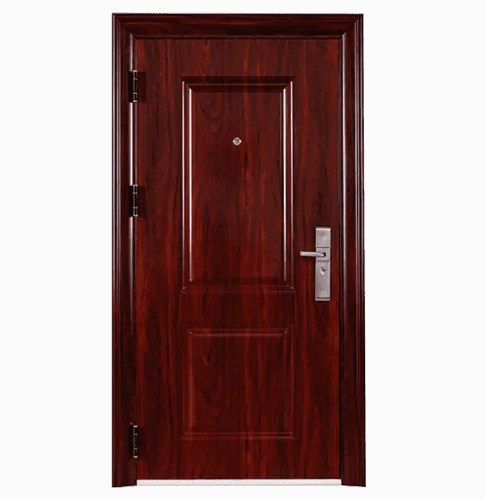Entrance anti-theft doors are primarily designed to provide security against unauthorized access, burglary, and forced entry. However, when it comes to fire safety, many people wonder whether these doors also offer fire-resistant protection. The answer varies depending on the door’s construction, materials, and certifications.
Many modern entrance anti-theft doors are manufactured with fire resistance in mind, but not all models automatically possess this feature. A fire-resistant door is specifically designed to withstand exposure to fire for a certain period, limiting the spread of flames and smoke, and providing valuable time for occupants to evacuate safely.
Fire-resistant entrance doors often incorporate materials such as steel or specially treated wood cores, along with fire-retardant insulation and seals. These components help maintain the door’s structural integrity under high temperatures. The design also includes intumescent strips—special sealing materials that expand when exposed to heat, sealing gaps to prevent smoke infiltration.
In the context of entrance anti-theft doors, manufacturers may offer products with dual functionality: robust security features combined with fire resistance. These doors comply with fire safety standards such as UL 10B or UL 10C in the United States, or EN 1634-1 in Europe, which certify their fire rating duration, typically ranging from 30 minutes to several hours.
Consumers need to verify whether a particular entrance anti-theft door model is fire-rated. The presence of a certification label or documentation is a reliable indicator of fire performance. Without such certification, a door may provide security but offer little or no protection in the event of a fire.
Installation also plays a crucial role in the fire-resistant performance of the door. Proper fitting with compatible frames, intumescent seals, and fire-rated hardware ensures that the door can perform as intended during a fire incident. Incorrect installation or use of non-rated components can significantly reduce fire resistance.
While fire-resistant entrance anti-theft doors provide enhanced safety, they typically come at a higher cost compared to standard security doors. However, the investment is worthwhile in buildings where fire safety regulations require rated doors, such as apartment complexes, hotels, or commercial facilities.
In summary, some entrance anti-theft doors do possess fire-resistant capabilities, but this feature is not inherent to all models. Prospective buyers should seek products with appropriate fire safety certifications and ensure proper installation to maximize protection. Combining fire resistance with security features makes these doors valuable for comprehensive building safety.
Grade: Grade A / Grade B / Grade C / Grade D
Size: height 1920~2980, width 860~1980
Plate: Frame 1.5/1.8/2.0 Fan 0.8/1.0
Surface: transfer printing/imitation copper/spray molding
Hinge: Flag hinge/concealed hinge
Door frame: 70 inverted triangle frame 100
Downgrade: stainless steel bottom frame 0.6/201 stainless steel 0.7
Material: Frame [Cold rolled/galvanized 51D] Fan [Cold rolled/galvanized 53D]
Lock: 32#/38#
